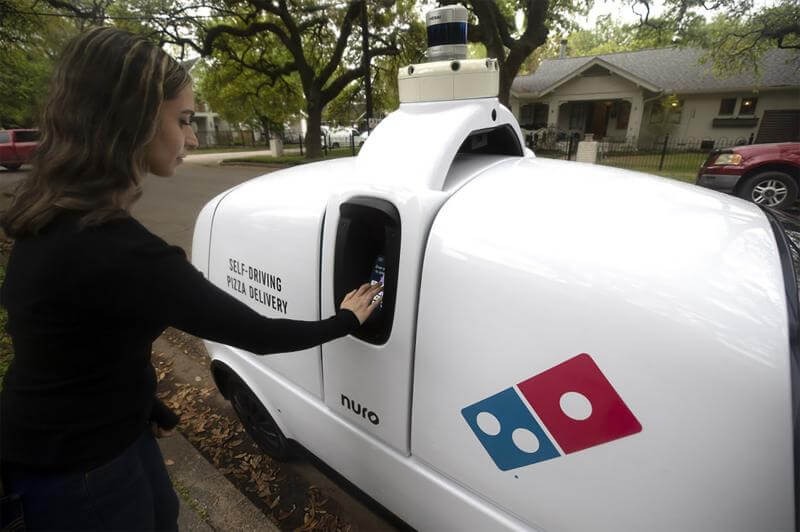2024-04-01
Investigating Robot Accidents: Challenges and Solutions

In an era where robots play increasingly integral roles in our daily lives, the implications of robot accidents are becoming a pressing concern. While robots serve as incredibly useful devices, aiding in tasks ranging from bionic limbs to food delivery, the potential for accidents raises questions about safety and accountability.
Robot accidents pose a twofold concern. Firstly, as the number of robots proliferates, so too does the likelihood of incidents involving them. Secondly, advancements in robotics lead to more complex designs, making it challenging to pinpoint the causes of accidents when they occur.
Many robots operate using artificial intelligence (AI), enabling them to make decisions akin to human reasoning. However, these decisions, while based on vast datasets and testing, can still result in unintended consequences or harm.
Take, for instance, a robot vacuum cleaner. One design may navigate by randomly changing course upon encountering obstacles, while another may employ sophisticated mapping systems for efficient cleaning. Both rely on AI to interpret sensor data and make decisions accordingly.
As robots undertake increasingly complex tasks, they must interpret a myriad of data sources, amplifying the importance of understanding their decision-making processes, particularly in cases involving harm.
Accidents involving robots demand thorough investigation to ascertain their causes. Unlike humans, robots lack motives, making it crucial to determine why a robot made a particular decision based on its inputs.
For instance, if a bionic hand fails to grasp a hot drink, was there a miscommunication between the user and the robot? Did the robot misinterpret signals, or encounter a sudden malfunction?
One innovative solution for robot accident investigation is the development of ethical black boxes, akin to those found in commercial aircraft. These devices record a robot's inputs and corresponding actions, providing valuable insights into incidents and aiding in prevention efforts.
Projects like RoboTIPS focus on responsible innovation in social robots, advocating for the widespread adoption of ethical black boxes across robot designs and applications. By recording crucial data during accidents, these devices facilitate comprehensive investigations and drive continuous improvement in robot safety and performance.
In conclusion, navigating the complexities of robot accidents requires a multi-faceted approach encompassing technological innovation, ethical considerations, and rigorous investigation protocols. By leveraging tools like ethical black boxes and fostering responsible innovation, we can ensure that robots continue to enhance our lives safely and responsibly in the years to come.
Share with friends:
Write and read comments can only authorized users
Last news
